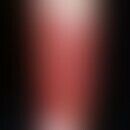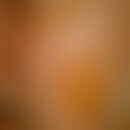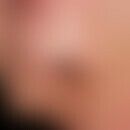Synonym(s)
DefinitionThis section has been translated automatically.
The erythema threshold of ultraviolet light, or UV radiation, is the weakest, but still (usually sharply) distinguishable skin redness from the non-irradiated environment, which can be read 7 or 24 hours after the test irradiation.
General informationThis section has been translated automatically.
You might also be interested in
IndicationThis section has been translated automatically.
Light dermatoses or in the case of UV-provocable dermatoses(persistent light reaction, photoallergic eczema or phototoxic dermatitis, light urticaria, lupus erythematosus, protoporphyria erythropoetica, Hidroa vacciniformia, polymorphic light dermatosis etc.) by a possibly reduced MED-UVB or MED-UVA. See also photo patch test and photo provocation test.
ImplementationThis section has been translated automatically.
LiteratureThis section has been translated automatically.
- Gambichler et al (2006) Reference limits for erythema-effective UV doses. Photochemical photobiol 82: 1097-1102
- Wucherpfennig V (1931) Biology and practical applicability of the erythema threshold of UV. Radiotherapy 40: 201-243
TablesThis section has been translated automatically.
Test location |
Non-exposed skin region (buttocks) |
Test Fields |
1.5 x 1.5 cm |
Radiation sources |
UV-A1: Metal halide lamp (340-400 nm) |
UV-B: Fluorescent lamp (Philips TL12: 285-350 nm) | |
UV dosages |
UV-A1: skin type I/II: 5, 10, 15, 20, 25, 30 J/cm2 |
UV-A1: skin type III/IV: 20, 25, 30, 40, 60, 80 J/cm2 | |
UV-B: skin type I/II: 25, 50, 75, 100, 125, 150 mJ/cm2 | |
UV-B: skin type III/IV: 75, 100, 125, 150, 175, 200 mJ/cm2 | |
Reading |
immediately and after 24 hours. |




